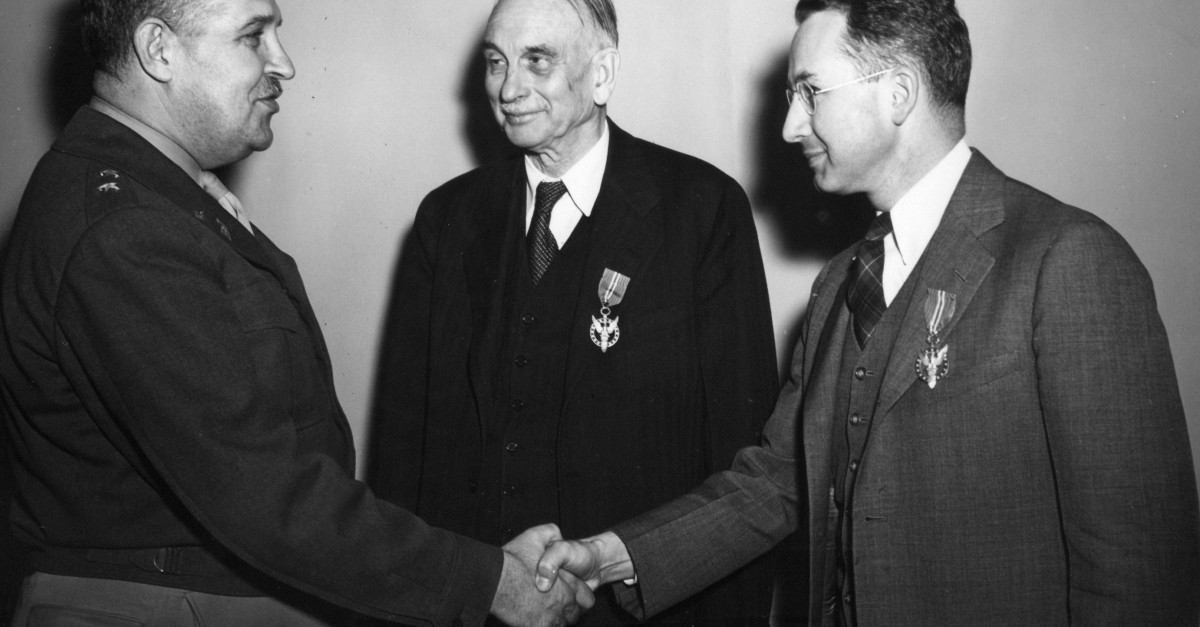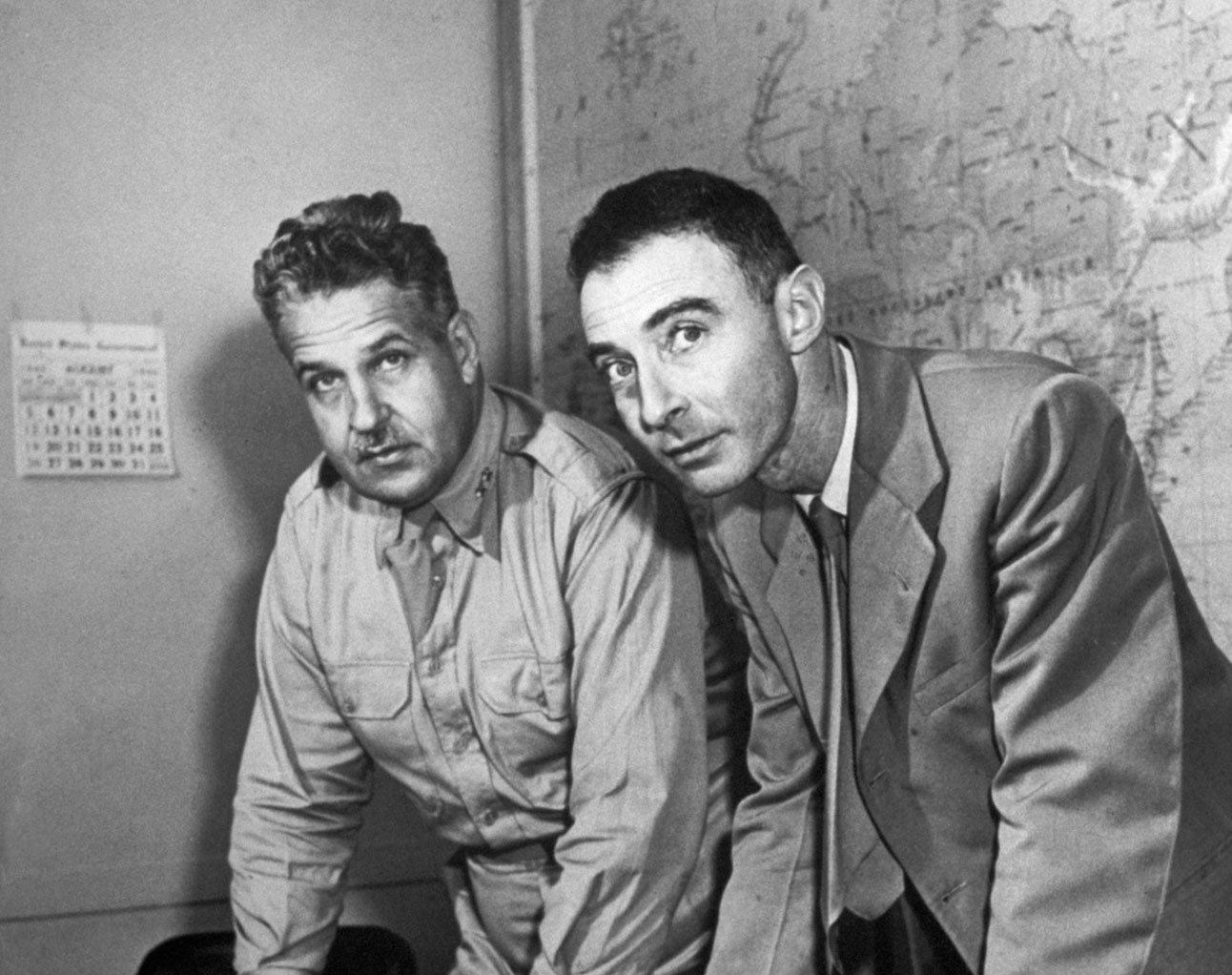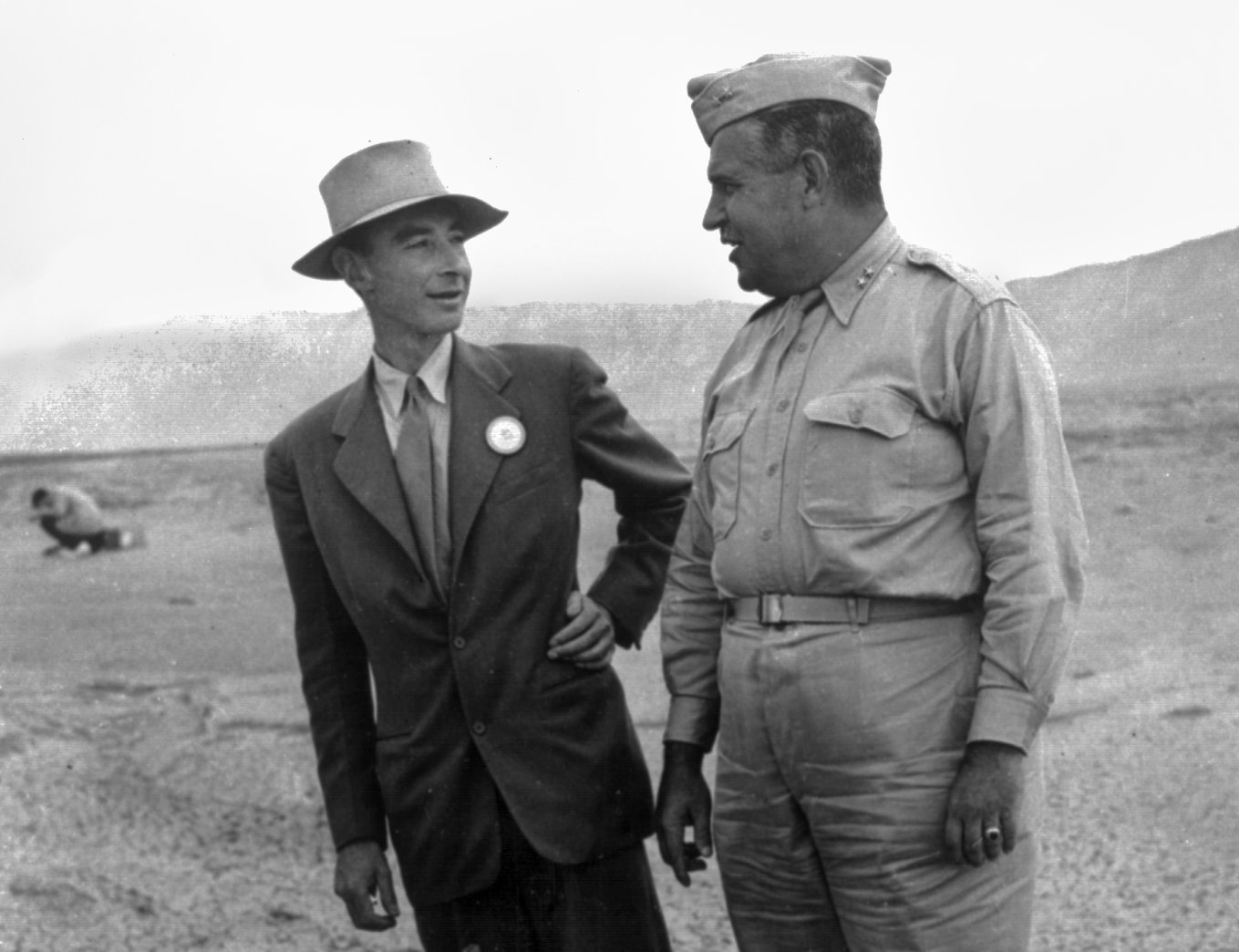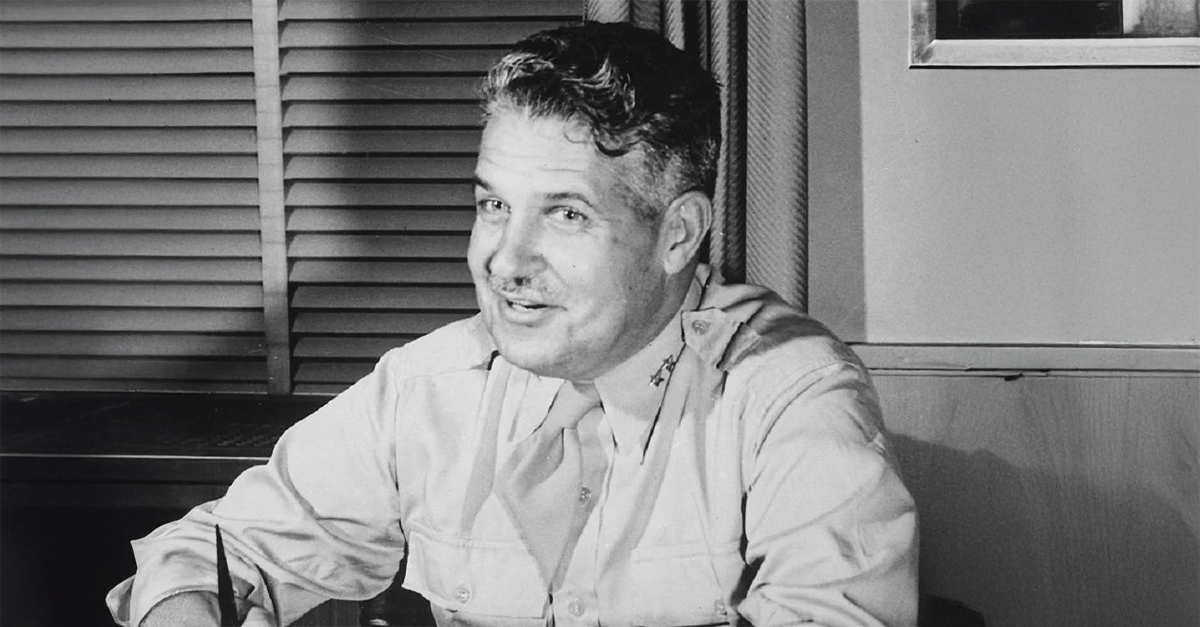The Manhattan Project successfully developed and tested the first atomic device. To allow the scientists to work without distraction, the enormous logistical and management challenges of the project were left up to Lieutenant General Leslie Groves, a project manager like no other.
A Track Record Of Achievement
Leslie Groves graduated fourth in his class at West Point in 1918, and joined the US Army Corps of Engineers. His impact was immediate. Groves took part in a survey to find a canal route across Nicaragua. After Nicaragua was hit by an earthquake in 1931, Groves successfully managed the beleaguered country’s water supply. In 1941 he supervised the construction of the Defence Department’s new headquarters: the enormous Pentagon building. With more success came more responsibility.
 Los Alamos National Laboratory, Wikimedia Commons
Los Alamos National Laboratory, Wikimedia Commons
Handpicked For A Make-Or-Break Project
Over the years Groves had become notorious for his intensity and drive to get things done. The urgency of the Manhattan Project made the US government settle on Groves as project manager. Groves had been hoping for an overseas combat posting just to get away from the gruelling workload of the Pentagon project. Learning of his new assignment, he glumly mumbled, “Oh, that thing”. But he quickly applied himself to the Manhattan Project.
First Major Decision
The first critical decision Groves had to make was the appointment of the lead physicist. Recognizing J Robert Oppenheimer’s ambition and understanding of the importance of the project, he chose Oppenheimer as the scientific director. While Groves was later criticized by some for overlooking Oppenheimer’s past associations with Communists, it was clear from later results that Groves had made a brilliant choice.
 Unknown Author, Wikimedia Commons
Unknown Author, Wikimedia Commons
Other Major Decisions
It was Groves who chose the site of Oak Ridge, Tennessee for the refinement of the fissile raw materials for the Manhattan Project. Given sweeping signing authority, Groves was also responsible for sourcing the necessary raw uranium from Congo and northern Canada. Groves and Oppenheimer were the ones who chose the remote Los Alamos site in New Mexico for the construction and testing.
Management Style
It was scientific genius that brought the success of the Manhattan Project, but it couldn’t have happened without Groves’ relentless management. With his wide-ranging authority, Groves had a direct line to the President. He didn’t allow middle managers or other government departments to interfere with the project engineers. If there was a problem or the engineers needed something, Groves immediately went to work to solve the problem.
 U.S. Army Corps of Engineers, Wikimedia Commons
U.S. Army Corps of Engineers, Wikimedia Commons
A Contradictory Legacy
The success of the Manhattan Project led to the end of WWII. Leslie Groves is still recognized for his achievements as a project manager. While engineers on the Manhattan Project recognized Groves as one of the most difficult, demanding, and critical bosses they’d ever worked for, they praised his decisiveness, accountability, work ethic, and ruthless commitment to getting things done.
A World Changed Forever
The success of the Manhattan Project changed the world forever by creating the world’s most devastating weapon. While the goal of the project was controversial, you can’t argue about the impact of Leslie Groves. After infamous project management failures like the 1986 Challenger disaster and the 2010 Deepwater Horizon spill, people still look back at Groves and wonder if his management style would’ve made a difference.
You May Also Like:
24 Thoroughly Modern Facts About The 20th Century
Brutal Facts About The Most Devastating Wars In History











